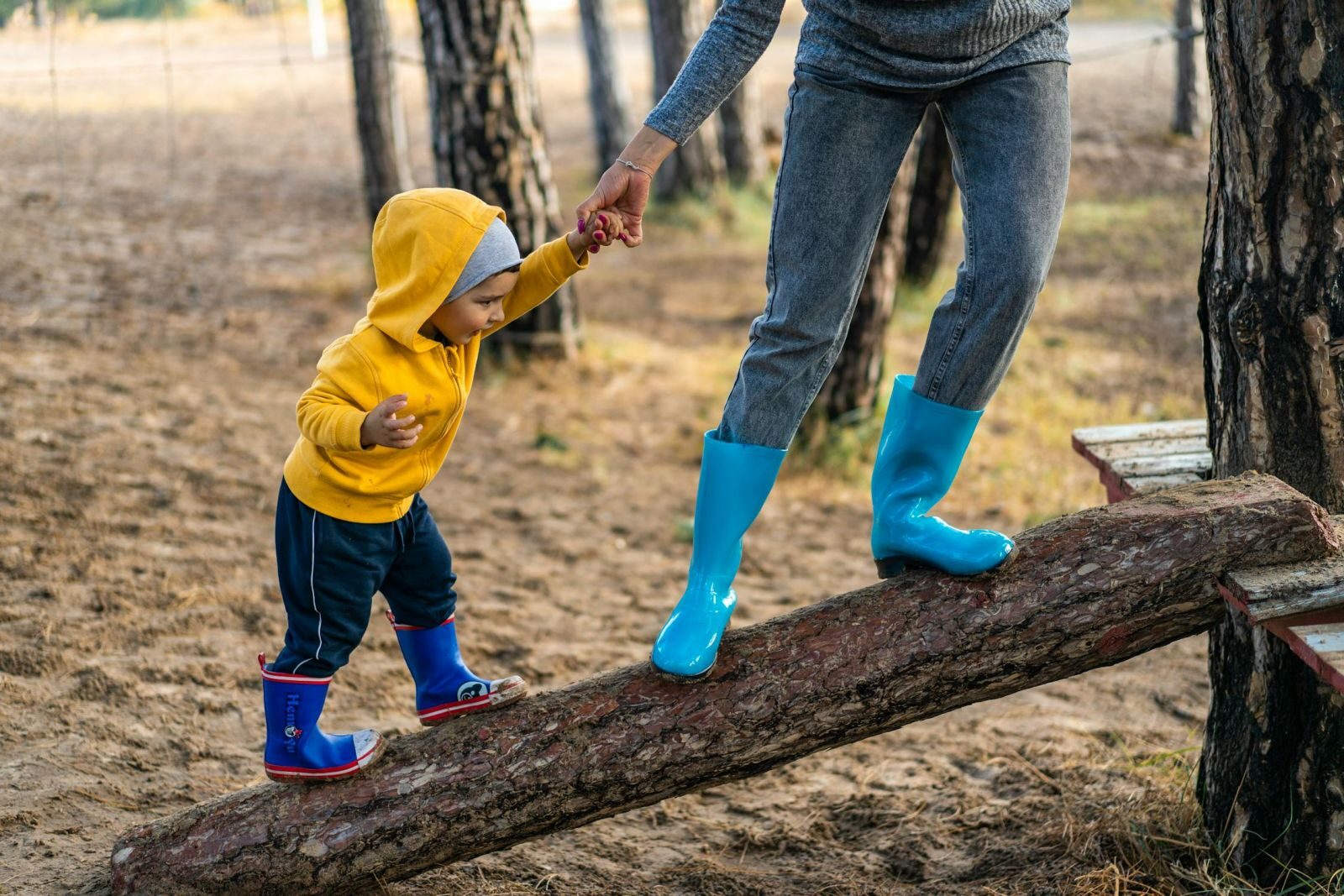
You’re not just raising a child. You’re nurturing a future team builder, change-maker, and communicator. Leadership isn’t something kids suddenly discover in high school student government or their first job interview. It’s crafted day by day, from the living room to the classroom to the dinner table. As a parent, you have a front-row seat to that formation—and more power than you think to shape it.
Make Optimism Part of the Routine
Staying optimistic isn’t about denying reality—it’s about refusing to let it be the final word. Kids watch closely when things don’t go according to plan: the canceled vacation, the failed science project, the rough report card. How you respond in those moments teaches them more than any motivational poster ever could. Optimistic leaders don’t sugarcoat the struggle, but they keep turning the wheel toward what’s next—and in doing so, they give everyone else permission to believe in better, too.
Let Them Own the Room, Not Just Clean It
Giving your child ownership means more than letting them decorate their own corner of the house. It means handing over decision-making power in moments that matter to them—choosing the family dinner one night a week, planning a weekend activity, or solving sibling disputes without adult interference. When a child feels trusted with choices, they grow confidence in their own judgment, which is the foundation of leadership. You’re teaching them that their ideas can influence outcomes, and that voice becomes muscle.
Ask Questions, Don’t Just Give Answers
You may want to swoop in with advice, especially when your child’s about to make a mistake. But leadership grows in the space between uncertainty and discovery. When you ask, “What do you think would happen if…?” or “Why do you feel that way?” you’re not just opening a conversation—you’re opening up cognitive room for them to process, strategize, and evaluate. That type of critical thinking training is what separates passive followers from proactive leaders later in life.
Let Them See You Lead (and Flop Gracefully)
Children absorb your behaviors more than your words. If they watch you take responsibility when things go south, admit fault without shame, or rally a group to solve a problem, they’re internalizing a masterclass in leadership. More importantly, they need to see you fail without collapsing—because leadership doesn’t mean perfection. It means resilience. So let them in on your struggles and your comebacks. You’re giving them permission to be both human and in charge.
Turn Conflict Into a Training Ground
Sibling fights, playground drama, or arguments over screen time are less about discipline and more about opportunity. Every one of those moments is a crash course in negotiation, empathy, boundary-setting, and communication—hallmarks of strong leadership. Instead of shutting it down with a timeout or a lecture, guide your child through a post-conflict debrief. Ask them what worked, what didn’t, and how they could handle it next time. You’re not just managing behavior; you’re sculpting a future leader’s ability to navigate people and pressure.
Put Them in Situations Where They’re Not the Star
Leadership isn’t always loud or flashy. Sometimes it’s knowing when to follow, when to listen, and when to amplify someone else’s voice. Whether it’s joining a team where your child isn’t the best player or volunteering in a group where they don’t know anyone, those situations stretch their emotional intelligence and adaptability. They learn to read the room, support others, and still bring their own point of view. Leadership isn’t about the spotlight—it’s about the ability to lead whether or not anyone’s clapping.
Talk About Real-World Leaders—The Good, the Flawed, and the Unfinished
Don’t just focus on the icons who got everything right. Talk about leaders who stumbled, changed, grew, or failed with grace. Break down why some leaders earn loyalty and others lose it. Compare public figures and ask your kids what they would’ve done differently. This doesn’t just create dinner table conversation—it gives your child a lens to think critically about power, responsibility, and values. You’re shaping a leader who understands leadership as a living, breathing, imperfect journey.
You don’t need a fancy curriculum to raise a leader. You need presence, patience, and a willingness to hand over the mic every now and then. Leadership begins with tiny decisions—choosing kindness, owning mistakes, solving backyard problems—and those are things your child can start doing today.
Discover how you can make a difference in juvenile justice reform by visiting the Coalition for Juvenile Justice and joining the movement for a fairer future.